The Haryana government has ordered a complete halt on construction activities in Gurgaon and Faridabad as air quality plummeted to “Severe” under Stage-III of the Graded Response Action Plan (GRAP). The decision follows a CAQM advisory after PM2.5 levels crossed 380 µg/m³, enveloping the National Capital Region in dense smog. Authorities say violators will face heavy penalties, while residents continue to struggle with eye irritation, breathlessness, and reduced visibility.
Full Article (≈ 2,800 words)
Gurgaon, October 23 —
A thick, grey haze blanketed the skyline of Gurgaon and Faridabad on Tuesday morning, as the Haryana government activated Stage-III of the Graded Response Action Plan (GRAP) — suspending construction, demolition, and mining activities until further notice.
The move came after the Central Pollution Control Board (CPCB) recorded air quality index (AQI) readings of 467 in Gurgaon and 472 in Faridabad, both classified as “Severe.”
Commuters drove through ghostly corridors of smog, headlights glaring even at noon, while the sun appeared as a dull orange disc behind a curtain of particulate matter.
Health experts warned that prolonged exposure could trigger respiratory illnesses, especially among children and the elderly.
“This isn’t just bad air — it’s a health emergency,” said Dr. R.K. Dhawan, pulmonologist at Medanta Hospital.
“We’re seeing a 40% increase in respiratory OPD cases within three days.”
1. What Stage-III Means
Stage-III of GRAP — a region-wide anti-pollution protocol enforced across NCR — is triggered when air quality remains “Severe” for over 48 hours or AQI exceeds 400.
Under Stage-III:
- All non-essential construction and demolition activities must stop immediately.
- Stone crushers and mining units are to remain closed.
- Municipal corporations must intensify mechanical sweeping and water sprinkling on major roads.
- Diesel gensets, except those for emergency and hospital use, are banned.
The order impacts over 12,000 active construction sites in the NCR, including high-profile residential projects and metro expansion works.
2. Gurgaon’s Construction Boom Turns Hazard
Gurgaon, once celebrated as “Millennium City,” has become the epicentre of urban dust emissions.
With over 400 real-estate projects, cranes dominate its skyline — and dust, its air.
In Sector 65, residents of Golf Course Extension Road complained that even though sprinklers operate daily, “thick layers of dust settle back by morning.”
“We’ve complained to MCG repeatedly, but construction dust and road debris keep returning,” said Priyanka Mehta, a resident of Ireo Skyon.
“Even our balconies look like they’ve been sandblasted.”
Environmentalists argue that rapid, unregulated construction has outpaced infrastructure meant to absorb its byproducts.
“The city breathes cement,” said Sumit Chauhan, of Gurgaon Pollution Watch.
“Every halted project site becomes a dust storm factory.”
3. Government’s Immediate Response
The Haryana State Pollution Control Board (HSPCB), in coordination with the Commission for Air Quality Management (CAQM), issued strict directions late Monday night:
All municipal bodies, district administrations, and police departments have been tasked to seal or fine violators found operating construction equipment.
Additionally:
- Water sprinkling teams will operate every four hours in major corridors.
- Anti-smog guns must be used at sites larger than 20,000 sq ft.
- Diesel truck entry into city limits is restricted except for essential supplies.
Deputy Commissioner Nishant Kumar Yadav said the district administration will also monitor compliance via drones.
“We’re using drone surveillance to detect illegal mixing plants and debris dumping,” Yadav confirmed.
“Non-compliance will invite penalties under Section 133 of the CrPC.”
4. The Science Behind the Smog
Meteorologists attribute the sudden spike to low wind speed, temperature inversion, and post-harvest stubble burning across Punjab and Haryana.
Satellite data from NASA’s FIRMS showed over 1,200 fire counts in the region on October 22 alone.
With stagnant air, pollutants like PM2.5 and PM10 — fine particles smaller than 2.5 microns — become trapped near the surface.
Add to that vehicular exhausts, diesel gensets, and road dust, and the NCR turns into a gas chamber.
“The atmosphere is acting like a lid,” explained IMD scientist Dr. G.P. Sharma.
“The smoke has nowhere to go.”
5. Economic Fallout
While the decision may save lungs, it threatens livelihoods.
The construction ban impacts an estimated 3 lakh workers across Gurgaon and Faridabad.
Daily wage labourers, site supervisors, and small suppliers face immediate income loss.
“We’ve been asked not to report for work for the next 10 days,” said Amit Jha, a mason at a DLF site.
“If the ban extends, we’ll have to leave for our villages.”
Developers argue that repeated GRAP suspensions delay projects and escalate costs.
However, industry leaders acknowledge that health must come first.
“We support temporary halts,” said Niranjan Hiranandani, of CREDAI.
“But the government must fast-track transition to dust-free technology.”
6. Long-Term Measures Underway
The Haryana government claims several long-term measures are already in motion:
- Paved peripheral roads to reduce dust re-suspension.
- Mandatory on-site dust barriers for all projects.
- Air-quality sensors linked to a central monitoring grid.
- Green belt expansion near NH-48 and Dwarka Expressway.
In Gurgaon, the MCG has launched the “Harit City 2040” initiative — aiming to plant 10 lakh trees over five years and increase per capita green cover from 1.8 sq.m to 9 sq.m.
“We are turning Gurgaon from grey to green,” said Mayor Madhu Azad.
“But it requires citizen cooperation.”
7. Health Concerns Mount
Hospitals across NCR report a spike in admissions for respiratory distress, bronchitis, and asthma.
Doctors warn that fine particulate matter doesn’t just irritate lungs — it seeps into the bloodstream, affecting heart and brain health.
“AQI above 400 is equivalent to smoking 20 cigarettes a day,” said Dr. Naresh Trehan of Medanta.
“Children and seniors are most at risk.”
Schools in Gurgaon and Faridabad have been advised to limit outdoor activities, and several private institutions have switched to online classes.
8. Citizens React: Masks, Apps, and Anxiety
From startup founders to auto drivers, everyone in Gurgaon has one app open — the AQI tracker.
N95 masks are selling out again, and social media is flooded with pictures captioned “Airpocalypse Returns.”
“I wake up coughing even with the windows shut,” said Shubham Sethi, a Cyber City employee.
“The city looks like it’s underwater — only it’s air.”
Meanwhile, volunteer groups are distributing masks near traffic signals, and RWAs are demanding stricter enforcement of vehicle idling penalties.
9. Role of the Centre and CAQM
The Commission for Air Quality Management (CAQM), set up in 2021, is coordinating inter-state enforcement.
In a statement, it warned that “complacency by local authorities will not be tolerated.”
Union Environment Minister Bhupender Yadav reiterated the Centre’s commitment:
“We are working with state governments to ensure uniform enforcement of GRAP norms. NCR’s health cannot be held hostage to apathy.”
The CAQM also emphasised the need to accelerate biomass management and electric mobility adoption before winter peaks.
10. The Gurgaon–Faridabad Paradox
Both cities are economic powerhouses — yet they rank among India’s most polluted.
Faridabad, once industrial, is struggling with emissions from small-scale units.
Gurgaon, on the other hand, suffers from vehicular congestion and construction dust.
According to HSPCB, 45% of PM2.5 pollution in Gurgaon arises from construction and road dust, 30% from vehicles, and the rest from stubble burning and regional inflow.
Despite annual campaigns, experts say data transparency remains weak.
“Air data is scattered across agencies,” said Priyanka Rana, air-quality researcher at CEEW.
“We need unified dashboards and public accountability.”
11. Enforcement vs. Awareness
Activists stress that bans alone can’t fix chronic pollution.
Without citizen engagement — covering vehicle maintenance, waste burning, and tree protection — improvements will be temporary.
“We can’t outsource clean air to the government,” said Sunita Narain, Director, Centre for Science and Environment.
“Behavioural change must match policy.”
Some RWAs are experimenting with community composting, EV charging setups, and green rooftops, proving that local innovations can create scalable change.
12. Visibility and Aviation Impact
At Delhi’s IGI Airport, several morning flights were delayed due to low visibility.
While Gurgaon skies cleared marginally by evening, visibility remained below 600 metres on NH-48.
“Instrument landing systems are working overtime,” said an Air Traffic Control official.
“Winter operations could get worse if the smog persists.”
13. The Human Story Behind the Numbers
In Sohna Road’s labour colonies, where workers live beside half-finished towers, smog doesn’t just cloud vision — it chokes opportunity.
Children play in alleys covered in white dust, and food stalls do brisk business selling tea to workers waiting for orders to resume.
“I earn ₹700 a day, but I can’t feed my family if work stops,” said Rafiq, a migrant from Bihar.
“I cough all day, but at least I used to earn.”
His story reflects the social cost of clean air — a paradox policymakers continue to wrestle with.
14. What Experts Recommend
Environmental planners are calling for:
- Dust tax incentives for companies using prefabricated materials.
- Permanent air corridors to enhance wind flow.
- Real-time compliance dashboards on government websites.
- Regional smog shelters and air-purifying towers in hotspots.
“Clean air isn’t seasonal work,” said Dr. Vibha Dhawan, TERI Director-General.
“We need year-round accountability, not winter panic.”
15. The Way Forward
Officials hope wind patterns will shift in the coming days, dispersing pollutants.
However, as Delhi and its satellites continue to urbanise without ecological buffers, the air crisis risks becoming perennial, not seasonal.
Environmentalists argue for urban re-design — expanding wetlands, green corridors, and vertical gardens to filter emissions.
“We can’t solve smog with sprinklers,” said Anumita Roychowdhury.
“We need to redesign how we build and move.”
Conclusion: The City That Breathes Dust
Gurgaon and Faridabad stand at a crossroads between ambition and asphyxiation.
Each winter brings headlines, halts, and helplessness — yet little systemic transformation.
Until green becomes the new grey, the skyline may rise — but the horizon will fade.
#GurgaonSmog #AirPollution #GRAP #Haryana #Environment #Faridabad #CleanAir #SarhindTimes

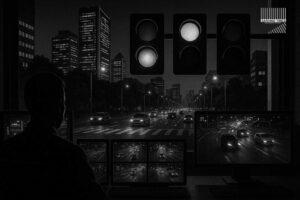










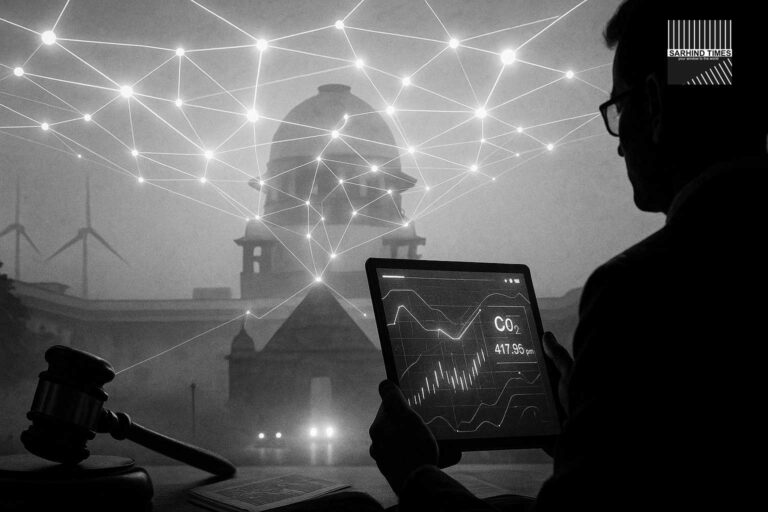
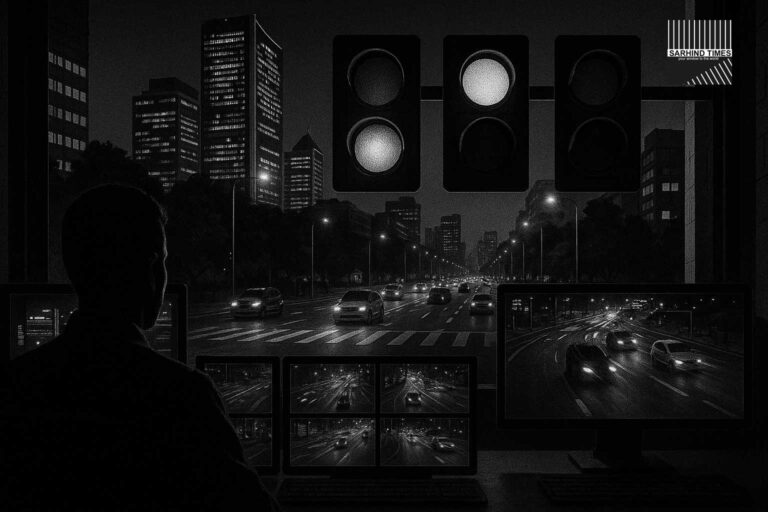

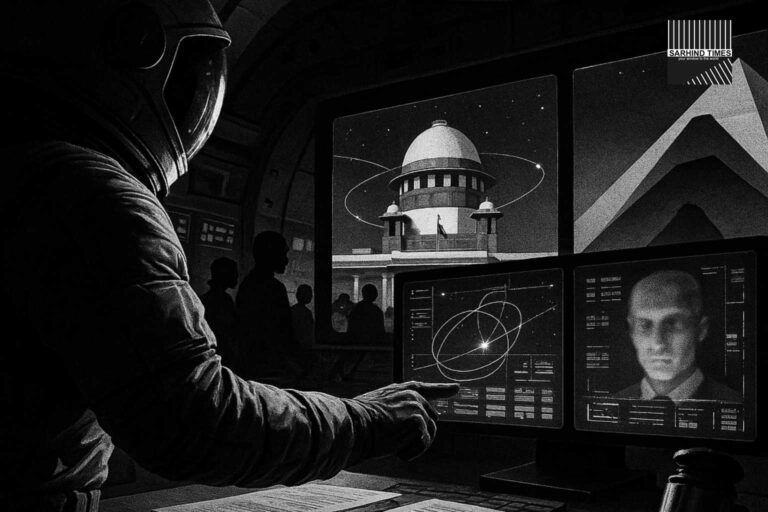

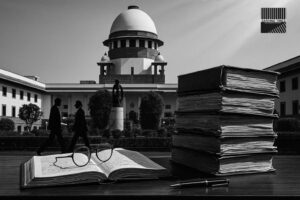
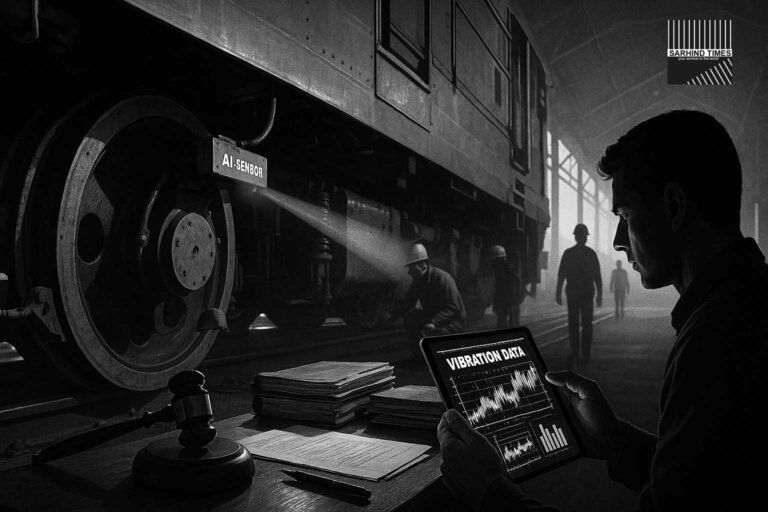
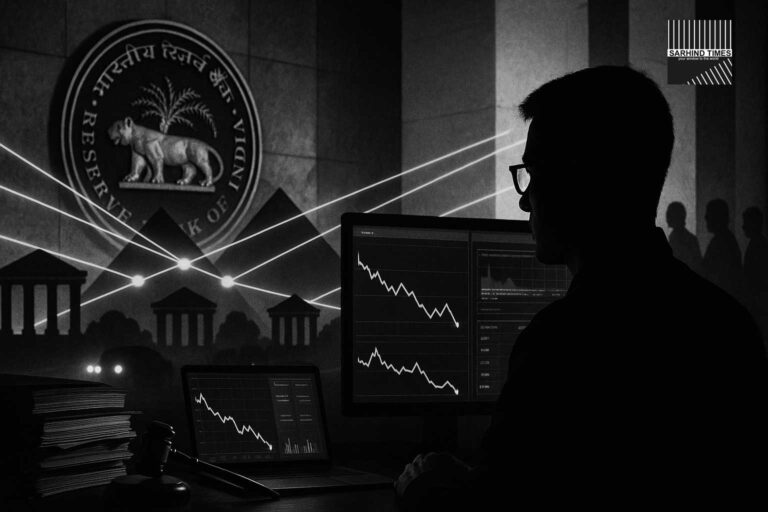
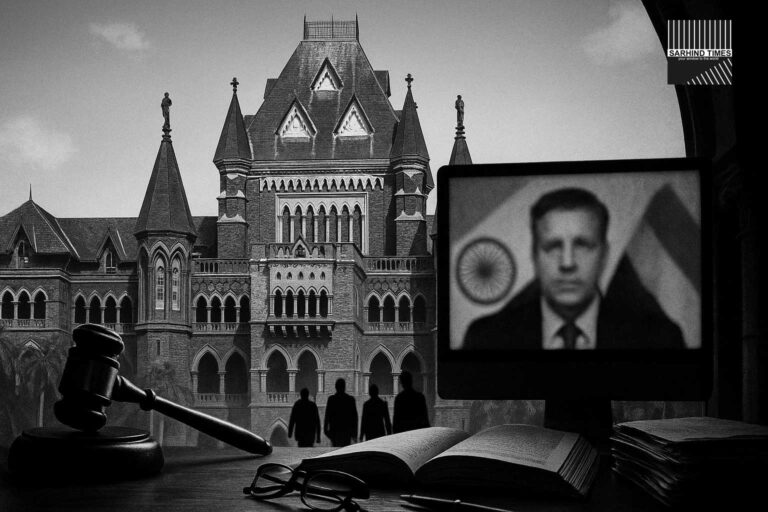

+ There are no comments
Add yours